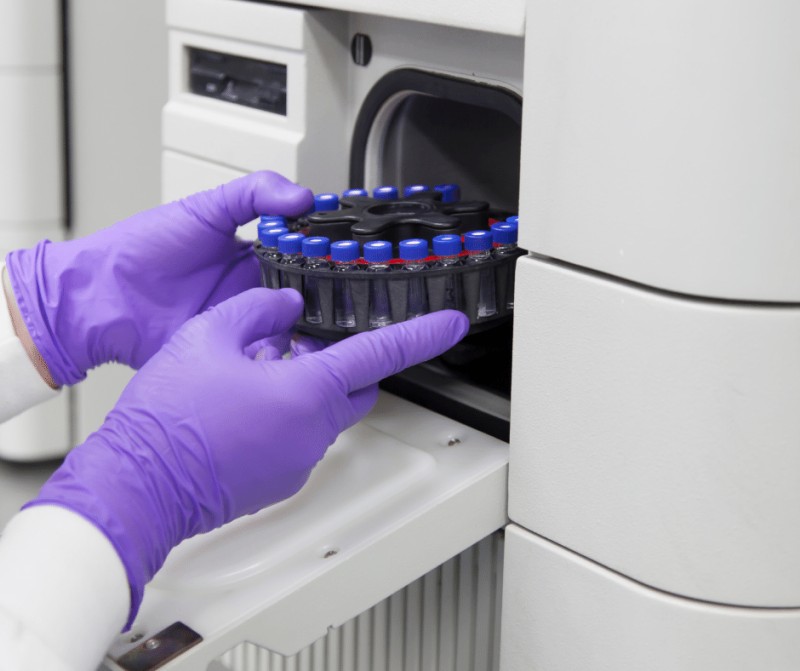As mentioned in our Classification and Grouping Ultimate Guide, there are a series of rules to consider when classifying and grouping In Vitro Diagnostic devices in Colombia. Such rules are fully explained in the decree 3770 of 2004 by INVIMA.
In this article, we will focus on explaining strategies to classify and group In-Vitro Diagnostic products (IVDs) following simple general rules and explaining some particularities that can be found in these types of devices according to our everyday experience.
General characteristics of an In-Vitro Diagnostic device
Colombia has its own regulation for In Vitro Diagnostic products, which is not the case in other countries (e.g. Mexico). IVDs are governed in Colombia by the decree 3770 of 2004 in which they are considered as a reagents, calibrators, controls, used alone or in association with others, intended by the manufacturer to be used in vitro for the study samples of the human body, including donations of blood, organs and tissues.
It is also worth mentioning that IVDs are distinguished in different forms, for example:
- Rapid in vitro diagnostic reagent: These are In-Vitro Diagnostic reagents that do not require specialized training for their use, do not use complex equipment for their assembly and whose interpretation and reading is visually yielding qualitative results that are observed either by color intensity, agglutination, or ring formation, among others. Intended by the manufacturer to be used directly by the user (e.g. the test strips of a glucometer).
- In vitro diagnostic reagent for research: Any reagent for in vitro diagnosis intended to carry out research carried out in a scientific environment and not intended for commercialization.
- Orphan diagnostic reagents: These are potential in vitro diagnostic products, on which there is no marketing interest from the manufacturer.
Classification according to the level of risk
As we mentioned in our classification and grouping guideline, IVDs have their own classification according to their level of risk:
Category III (high risk): Related to contagious diseases in donors of blood, blood components and other tissues and organs for transplantation, diagnosis of communicable diseases of high risk.
Category II (medium risk): Used for blood chemistry, hematology, immunology, microbiology, coagulation, endocrinology, urinalysis, among others.
Category I (low risk): washing solutions, coloring materials, diluent solutions, buffers, among others.
Considering this classification, in article 11 of Decree 3770 of 2004, it is ruled that the IVDs classified in categories I & II will obtain the automatic sanitary registration. Meanwhile, the sanitary registration for the IVDs classified in category III must apply for the sanitary registration with previous controls.. This concept will be applied to those IVDs that do not come from a reference country according to Decree 4124 of 2008.
Thanks for reading this article, if you have any question about this topic, feel free to contact us at contact@veraqueconsulting.com or check our guidelines.

